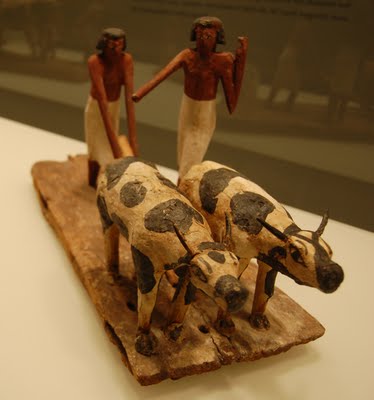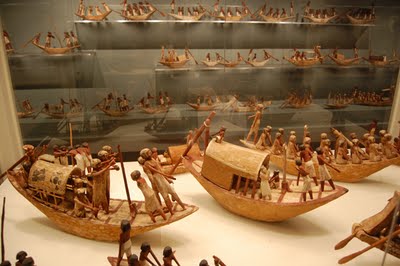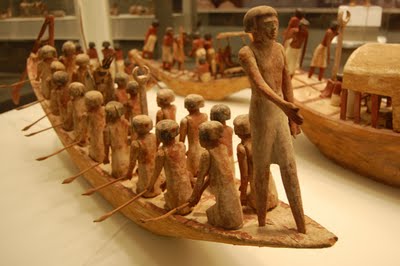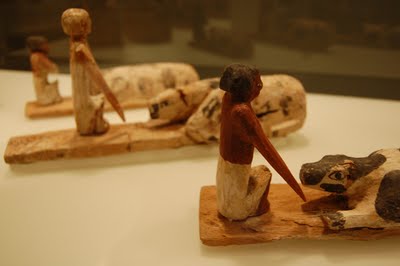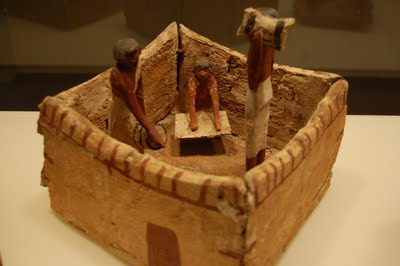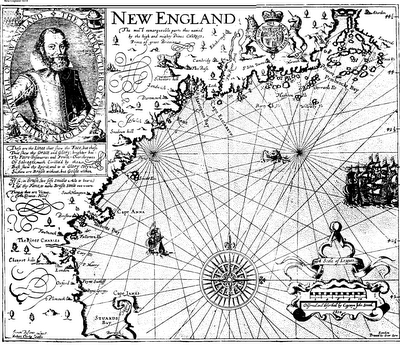
This essay is fourth part of the conversation I've been having with Boston Globe critic Sebastian Smee about covarage of living local artists. Read previous editions: one, two and three.
The chief danger of provincialism in New England today is that low self-esteem causes us to buy into an art world status quo that says we don’t, won’t ever matter. Is the art produced here as good as that made in, say, New York? Some of it, certainly. But on the whole no one debates that the scene could be stronger. So how does an art scene get better? Certainly local artists have to get better. But after that what are the roles of local curators, critics, etc. in this?
One could argue that a critic’s role is primarily to give consumer reports to the audience/readers. But I think there’s also the critic’s traditional role in shaping things. I don’t mean proscribing where art could go, as some argue Clement Greenberg did. But every review shapes things. It may not be telling people what to do outright but it is broadcasting a model of what the critic prefers. My question is how best to use that power, even while questioning the influence of any critic today.
The models I look to are
Greenberg in the ‘40s (before and around AbEx hit circa 1947) and
Christopher Knight in LA in the ‘70s and ‘80s. They championed the local good stuff and gave a kick in the pants to the rest of the scene. They had ambitions for their communities. So they paid attention to what art was being made in their communities, compared it to great stuff happening elsewhere, and challenged their communities to compete. This is what critics always do on an individual by individual basis. They just applied it to the community as a whole as well.
I wish more of the powers that be here shared that ambition for art made here, but I’ve not been asking for that in this particular conversation. We’re at an earlier more basic point where we still need to get local tastemakers to simply pay attention to art created in New England today.
What museums and newspapers decide to pay attention to is a statement of what they deem important. So if we’re interested in making the scene more interesting, we can encourage local art just by giving more space in our museums and newspapers to art made here today, and so signal that it’s important enough to deserve that space. I’m not calling for the press or museums to artificially inflate grades or to tell artists what sort of art to make (besides to keep pushing for better work). I’m not suggesting how to write about locals. I’ve made no comments on, say, the quality of coverage. I’m just asking for greater volume of coverage of locals. Because I have ambition for the New England scene, and it begins with people at all levels simply being more involved with art made here now.
The actions of many powerful art folks here demonstrate that they believe that New England artists aren’t good enough to merit that newspaper and institutional space. They’re mistaken. There are easily enough good artists in New England to fill an occasional spot in, say, the ICA’s Momentum program without any loss in the program’s quality. And there are a number of local artists of international stature who deserve retrospectives (see
Nicholas Nixon), but most likely these exhibitions will be put together by museums elsewhere and may not even get shown here (see
Maria Magdalena Campos-Pons).
People underestimate the importance of institutional (museums, press, etc.) attention in the careers of artists who become stars. Look at how NYC or LA showcases its homegrown talents, and how that helps incubate the artists’ art and careers, how it challenges artists to rise to a higher level, and then the institutions blossom as well. And compare that to the relationships between artists, museums and the press in New England.
I think my position may be a bit unclear because of the model of my New England Journal of Aesthetic Research. I don’t mean NEJAR to represent what all other publications should do. I’m not sure what the right balance is between coverage of local artists versus imports. (Or the right balance for museums to exhibit). Maybe half? Maybe 40 percent. These are just ballpark guesses. Suggestions?
Two-thirds of New Yorker writer Calvin Tomkins’
“Best Museum Shows of 2009” list is New York events. Is that a good model: 2/3 local (i.e. New York) venues. Also 2/3 dead artists. And three of his four picks involving living artists feature mainly local (New York) artists. Is he so focused on New York because it’s the best, or because he’s provincial?
Certainly I’m guilty of playing up
Krzysztof Wodiczko’s localness. Though that’s the primary reason the ICA and all the local press are paying attention to what he’s doing. And if one teaches here (at MIT) for nearly two decades I think that does give one some local ties. But I’m surely overreaching somewhat.
For me, some overreaching is a risk inherent in making an argument by presenting examples of the potential of the New England scene. One distinguishing characteristic of the Boston art scene is the transience of many of its artists. So sometimes I overreach in claiming people partly to provide evidence of what the scene could be if it was better at retaining the many talents who pass through here—mostly to study or teach—and then move on. Or, at least, better at taking advantage of what they bring to the scene while they’re here.
That said, NEJAR’s relentlessly, obsessively, gloriously narrow New England scope is admittedly partly an overreaction to the limited focus by others on art being made here.
I don’t think I miss much of the big international issues, because also I cover most major shows hereabouts and the institutional programming here is so cosmopolitan and generally top notch. But I don’t worry much about missing them because there’s already plenty of coverage elsewhere of the usual suspects roster of folks on the Circuit of auctions, fairs, biennials and New York.
Frankly I’m bored by the same old discussions about Damien Hirst or the money carnival in Miami that consume the mainstream media as well as the blogosphere. So I look for fresh stuff off the beaten path – here.
Previously:Yokelist Manifesto Number 1:
Boston lacks alternative spaces?
Yokelism at the
2008 Boston Art Awards.
Yokelist Manifesto Number 2:
Montreal case study.
Yokelist Manifesto Number 3:
Hire locally.
Yokelist Manifesto Number 4:
We need coverage of our living artists.
Yokelist Manifesto Number 5:
We need local retrospectives.
Yokelism update: Coverage of our living artists:
Sebastian Smee responds.
Yokelism update:
Dangers of Provincialism.
